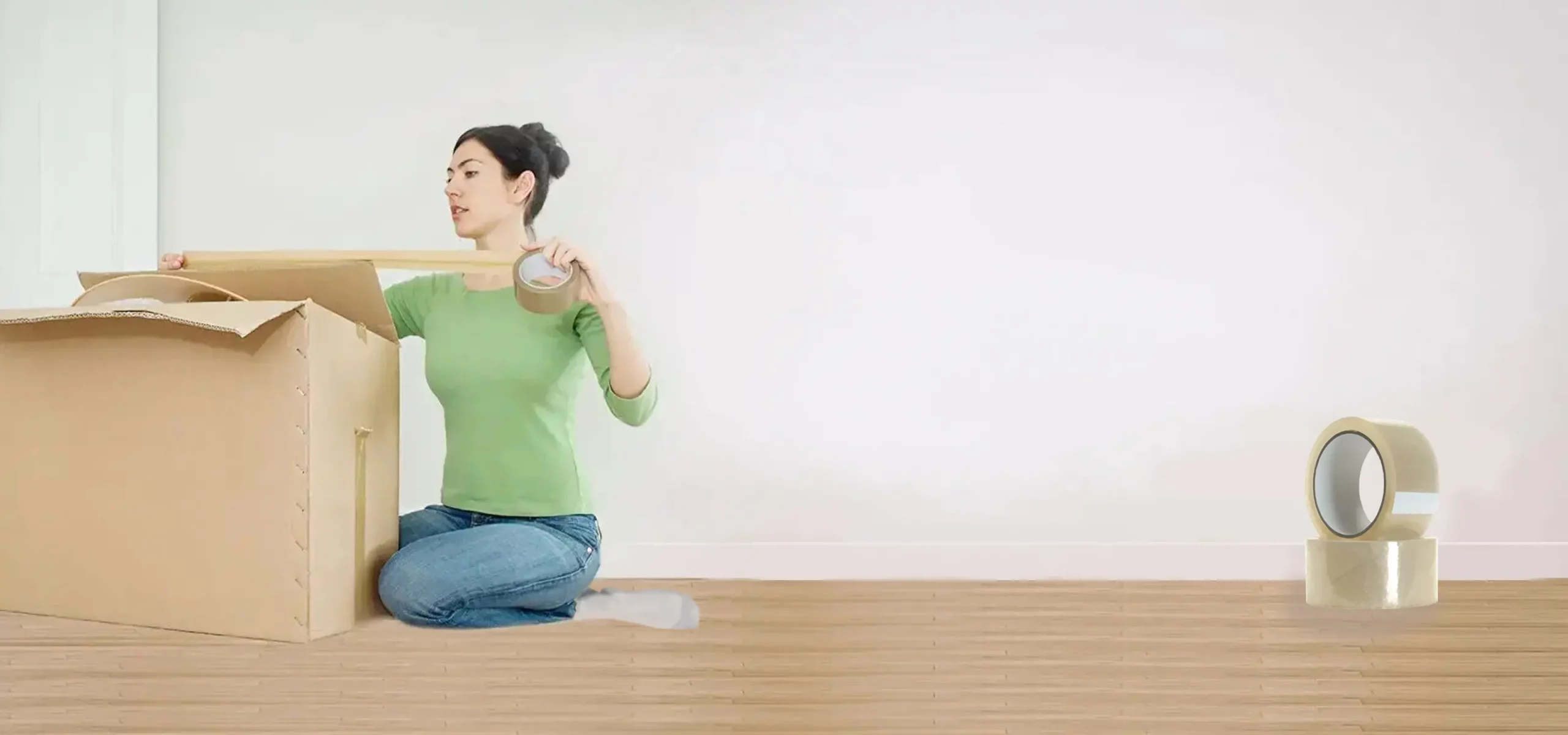
# Double-Sided Tape: Versatile and Reliable Bonding Solution
## The Power of Double-Sided Adhesive
Double-sided tape has revolutionized the way we approach bonding applications in both industrial and household settings. This innovative adhesive solution offers a clean, mess-free alternative to traditional liquid adhesives while providing strong and durable bonds across various materials.
## Understanding Double-Sided Tape Construction
Core Components
Modern double-sided tape consists of three primary layers: the adhesive coating on both sides and a carrier material in the middle. The carrier can be made from various materials including foam, film, or tissue, each offering distinct properties for different applications.
Adhesive Types
The adhesive formulations vary significantly, with options including acrylic, rubber-based, or silicone adhesives. Each type offers different levels of tackiness, temperature resistance, and durability to suit specific bonding needs.
## Common Applications of Double-Sided Tape
Industrial Uses
In manufacturing and construction, double-sided tape secures panels, mounts signage, and bonds automotive components. Its vibration-dampening properties make it ideal for electronic device assembly.
Household Applications
At home, this versatile tape hangs pictures, secures rugs, mounts mirrors, and even temporarily fixes broken items. Crafters particularly appreciate its clean application for scrapbooking and DIY projects.
## Advantages Over Traditional Adhesives
- Clean application with no drying time
- Uniform adhesive distribution
- No messy residue when removed properly
- Immediate bonding strength
- Variety of thickness options for different gap-filling needs
## Choosing the Right Double-Sided Tape
Selecting the appropriate double-sided tape requires consideration of several factors:
| Factor | Consideration |
|---|---|
| Surface Type | Different adhesives work better on various materials (metal, plastic, wood, etc.) |
| Weight Requirements | Heavier items need stronger adhesive formulations |
| Environmental Conditions | Consider temperature, moisture, and UV exposure |
| Permanence | Some tapes offer removable options while others provide permanent bonds |
## Proper Application Techniques
Surface Preparation
Clean and dry surfaces thoroughly before application. Remove any dust, grease, or moisture for optimal bonding.
Application Method
Measure and cut the required length, peel one liner, apply to the first surface, then remove the second liner before joining the second surface. Apply firm pressure to activate the bond.
Removal Tips
For clean removal, heat the tape gently with a hairdryer to soften the adhesive. Use dental floss or a plastic scraper to lift edges without damaging surfaces.
## Future Innovations in Adhesive Technology
The double-sided tape industry continues to evolve with advancements in nanotechnology and eco-friendly formulations. New developments include electrically conductive tapes for electronics and biodegradable options for sustainable applications.
As materials science progresses, we can expect even stronger, more versatile double-sided adhesive solutions that maintain their environmental responsibility while pushing the boundaries of bonding technology.
Keyword: double sided tape